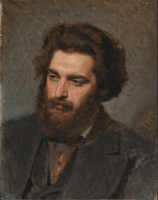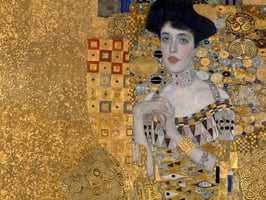Ivan Arjip-Kuindzhi was a groundbreaking Russian painter and printmaker who was active during the...
"Exploring the Legacy of Thomas Eakins: Celebrating the Life and Work of a Pioneering American Painter"
Thomas Eakins (1844-1916) was an American realist painter and one of the most important figures in the history of American art. He is best known for his naturalistic paintings of everyday life, which often depicted outdoor scenes, sporting events, and nudes. He was also a pioneer in the use of photography in his art, and was one of the first painters to use photography as a tool to help create his art. Born in Philadelphia, Eakins was a graduate of the Pennsylvania Academy of the Fine Arts, where he studied with the renowned teacher and artist Thomas Hovenden.
As a young artist, Eakins was heavily influenced by the realism of French painters, especially Jean-Louis-Ernest Meissonier, who focused on scenes from everyday life. Eakins also had a lifelong interest in anatomy and the human body, which was reflected in his paintings of nudes and athletes. Throughout his career, Eakins was a prolific painter, creating over 2,000 works of art in his lifetime. His most famous works include The Gross Clinic (1875), The Agnew Clinic (1889), and The Swimming Hole (1884-1885).
Other notable works include The Chess Players (1876) and The Thinker (1885). Eakins also had a profound influence on American art. He was an advocate for realism and encouraged his students to paint from life rather than copying from prints. He also taught his students to use photography as an aid in their work, a practice that was avant-garde at the time. Eakins was a controversial figure in his time, and his work was often the subject of public debate.
His paintings of nudes and athletes were often seen as too risque for the conservative public of the late 19th century. However, his works were highly respected by his peers and today are recognized as some of the most important works of American realism.



